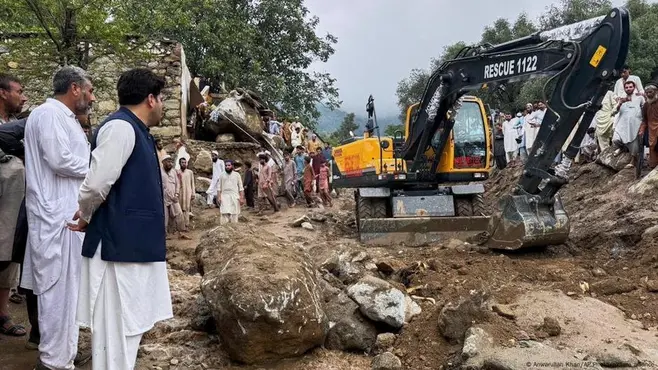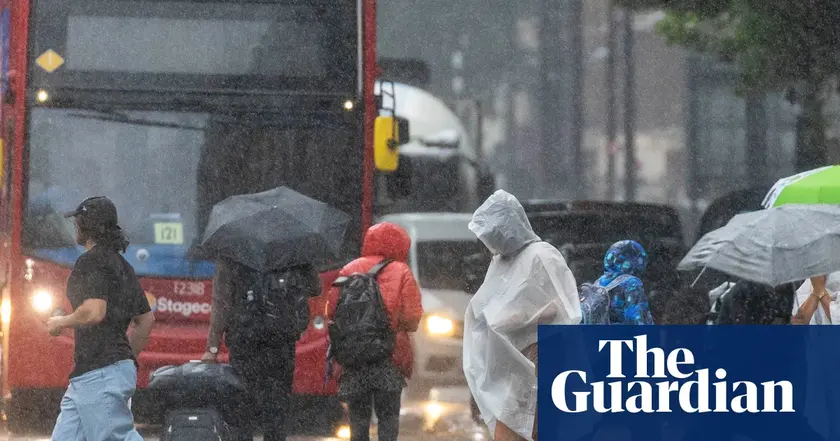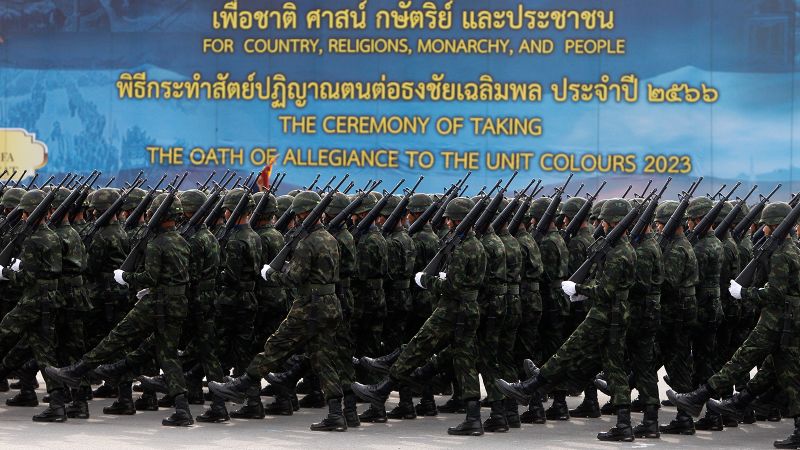T4K3.news
South Asia floods escalate
Floods kill hundreds across Pakistan and India as monsoon rains continue

Cloudbursts and heavy monsoon rains have killed more than 300 people across Pakistan and India, with hundreds missing and relief work hampered by dangerous conditions.
Flood toll tops 300 in Pakistan and India as monsoon rains worsen disaster
Across Pakistan, floods from cloudbursts and heavy rains have killed at least 300 people. Officials said 1,300 tourists were rescued from a mountainous area hit by landslides, and 35 people remained missing. Most deaths occurred in Khyber Pakhtunkhwa, where the Provincial Disaster Management Authority said more than 110 people died due to cloudbursts, floods and collapsed roofs. A government helicopter carrying relief goods crashed in Mohmand district amid bad weather, killing five crew members, and seven more people died in Pakistan-administered Kashmir.
In India-administered Kashmir, flooding killed at least 60 people in Chositi and about 80 are missing. The village is near the Machail Mata shrine, crowded with pilgrims, and authorities warned that many missing could have been washed away. Meteorologists warned that cloudbursts in the Himalayas are becoming more common, intensifying monsoon hazards. A World Weather Attribution study found rainfall in Pakistan from late June to late July was 10% to 15% heavier due to climate change.
Key Takeaways
"Five crew members, including two pilots, were killed in the helicopter crash."
Statement from Ali Amin Gandapur on the Mohmand district crash.
"Across Khyber Pakhtunkhwa, more than 110 people have died due to cloudbursts and floods."
PDMA spokesperson Anwar Shehzad quoted by AFP.
"Nature has been testing us."
Prime Minister Narendra Modi Independence Day speech.
"Meteorological alerts urged people to avoid vulnerable areas."
Warnings noted in the article.
These events show how climate change is raising the risk of extreme rainfall in mountain regions where infrastructure often struggles to keep up with danger. Landslides, rooves collapsing, and rough terrain complicate rescue work and delay aid. The disaster also tests cross border cooperation as Pakistan and India respond with rescue teams and warnings while juggling scarce resources.
Beyond immediate aid, the crisis highlights the need for safer housing, better drainage, and clearer evacuation routes in vulnerable communities. It also raises questions about how crowded pilgrimage sites are managed and how to fund long term climate adaptation in volatile zones.
Highlights
- Cloudbursts are changing the map of danger in the Himalayas.
- Monsoon relief is a race against weather and time.
- Climate change is turning yearly storms into ongoing crises.
- People in hill towns deserve predictable help not endless floods.
Cross-border disaster risks political backlash and public scrutiny
The floods affect both Pakistan and India and touch on political response, public reaction, and international aid. Handling relief in two countries raises questions about preparedness, transparency, and regional cooperation.
Recovery will depend on durable flood safeguards and stronger regional cooperation.
Enjoyed this? Let your friends know!
Related News

Typhoid bacteria developing dangerous antibiotic resistance

Vietnam sets course for economic overhaul

US deploys warships after Scarborough collision

Trump's new tariffs target Asian economies

Severe thunderstorm warning issued for London this weekend

US ships near Scarborough after collision

Thailand and Cambodia agree to ceasefire

Escalating conflict on Thai-Cambodian border
